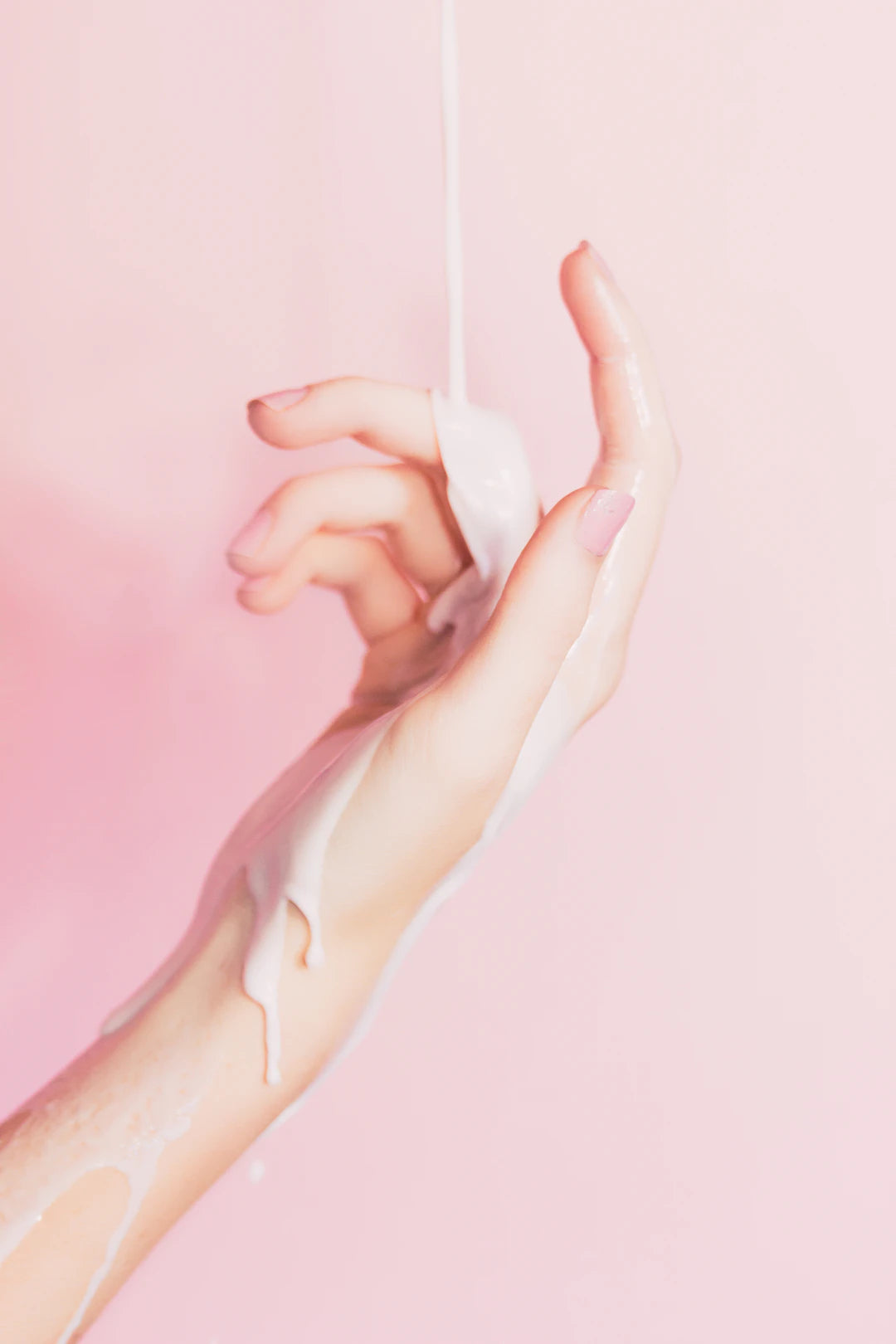Mastering Skincare Layering for Ultimate Results

Frequently Asked Questions
1. What is the importance of understanding your skin type in skincare layering?
2. What is the general rule for layering skincare products?
3. What is the role of a toner in a skincare routine?
4. How often should exfoliation be done in a skincare routine?
5. What common mistakes should be avoided when layering skincare products?
In the realm of beauty, skincare is more than just a routine; it's an art form. If you’re looking to elevate your skincare game, understanding how to layer your products for maximum effectiveness is essential. By following a proper layering technique, you can ensure that your skin receives the full benefits of each product, enhancing results and achieving an enviable glow. Let’s dive deep into the world of skincare and dissect the art of layering for optimum effectiveness.
Understanding Your Skin Type
Before we begin layering products, it’s important to identify your skin type. Your skin can generally be categorized as one of the following: oily, dry, combination, sensitive, or normal. Each skin type has its own unique needs and requires specific treatments and products. By tailoring your routine to your skin type, you'll ensure that every layer you apply contributes positively to your overall skincare goals.
Oily Skin
If you have oily skin, focus on lightweight formulations that won't clog your pores. Look for gel-based moisturizers and non-comedogenic products to help control shine while still providing adequate hydration.
Dry Skin
For dry skin types, choose thicker creams and serums rich in hydrating ingredients. Ingredients like hyaluronic acid and glycerin are your best friends, as they pull moisture into the skin, giving you that coveted dewy look.
Combination and Sensitive Skin
Combination skin can benefit from a mix of products tailored to both oily and dry areas, while sensitive skin requires gentle products free from potential irritants. Always patch-test new products on a small area of your skin before incorporating them into your routine.
Layering Basics: The Thin to Thick Rule
When it comes to layering skincare products, the general rule of thumb is to apply products from thinnest to thickest. This ensures that lighter formulations can penetrate the skin effectively, while thicker products seal in moisture and active ingredients. Here’s a breakdown of how to layer your skincare products effectively:
Step 1: Cleanser
Start your routine with a gentle cleanser that removes dirt, oil, and makeup without stripping your skin of its natural moisture. A clean canvas is essential for effective absorption of your subsequent products.
Step 2: Toner
Next, incorporate a toner to balance your skin's pH levels. Toners can also provide an extra layer of hydration and prepare your skin for the absorption of the next layers. Look for alcohol-free options that are packed with soothing ingredients.
Step 3: Exfoliant
Exfoliation is crucial for removing dead skin cells and revealing a fresh layer of skin. However, this step shouldn’t be performed daily; two to three times a week is sufficient for most skin types. Choose chemical exfoliants for a gentle approach or physical scrubs with natural ingredients for a more intensive treatment.
Step 4: Serums and Treatments
This is where the magic happens! Serums are typically concentrated formulations that target specific skin concerns, such as dehydration, pigmentation, or signs of aging. If you're looking for a skin tightening treatment, look for serums that contain active ingredients like peptides or retinol. Apply serums in small amounts and gently press them into your skin for optimal absorption.
Step 5: Moisturizer
Once your serums have had a moment to penetrate your skin, it’s time for moisturizer. A good moisturizer locks in hydration and forms a barrier to keep your skin feeling supple. Choose a formula that complements your skin type: lightweight creams for oily skin, or richer formulas for dry skin.
Step 6: Eye Cream
The delicate skin around your eyes needs special attention. A nourishing eye cream can address concerns such as puffiness, dark circles, and fine lines. Use your ring finger to gently tap the product into the skin for the best results.
Step 7: Sunscreen (Daytime Routine)
If you’re layering products in the morning, never forget sunscreen as the final step. A broad-spectrum SPF of at least 30 shields your skin from UV damage. Apply it generously and make sure to reinstate every two hours if you’re outdoors.
Night Routine: When to Adjust Your Approach
Your nightly skincare routine can differ from your morning one, mainly because you don't need to use sunscreen. Consider incorporating more nourishing and reparative products to help your skin recover overnight.
Night Serenade
At night, consider applying a richer moisturizer or an overnight mask. This might also be the right time to use treatments with retinol or other active ingredients, which can be more effective when applied at night as your skin undergoes repair during sleep.
Masking Magic
Depending on your skin's needs, consider using a mask once or twice a week as an additional step. Masks can deliver concentrated treatments, whether it’s hydration, detoxification, or skin tightening treatment. Select a mask that caters to your specific skin concerns for maximum effect.
Common Layering Mistakes to Avoid
It’s easy to get overwhelmed with the plethora of skincare products available, but several common layering mistakes can hinder your efforts:
- Layering too many products: Less is often more. Stick to a handful of high-quality products that address your specific concerns.
- Not allowing products to absorb: Each layer needs time to sink in. Wait a minute or two between applications.
- Ignoring ingredients: Always check the ingredient list. Some ingredients can counteract each other, leading to reduced effectiveness.
- Neglecting sunscreen: Protecting your skin from sun damage is essential, even on cloudy days.
Final Thoughts for Radiant Skin
Layering your skincare products correctly can make a world of difference in achieving beautiful, healthy skin. By understanding your skin type, following the thin-to-thick application rule, and incorporating the right products, you’ll promote balanced and radiant skin. Remember, consistent and thoughtful application is key! When you embrace the art of skincare layering, you not only enhance the effectiveness of individual products but also cultivate a holistic approach to your skincare journey. So, go ahead and transform your skincare routine into a vital part of your self-care ritual, and watch your skin flourishes beyond your expectations!


